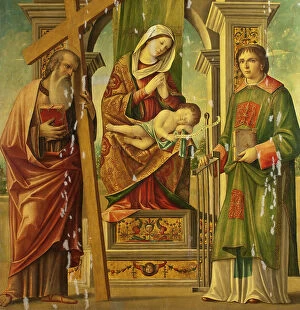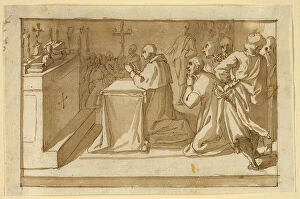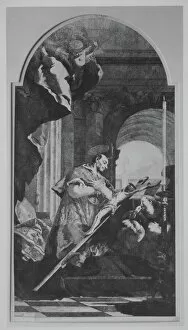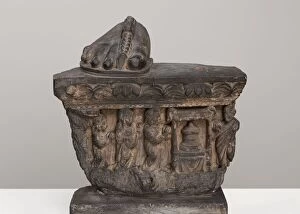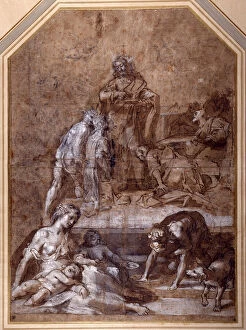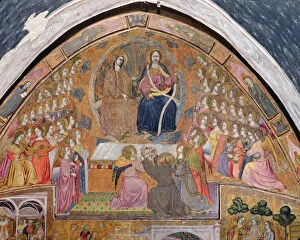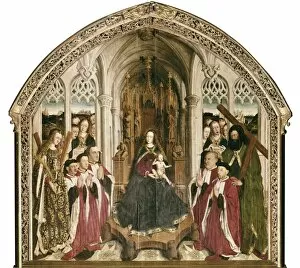Venerating Collection
Throughout history and across cultures, the act of veneration holds a profound significance in expressing deep reverence and devotion
For sale as Licensed Images
Choose your image, Select your licence and Download the media
Throughout history and across cultures, the act of veneration holds a profound significance in expressing deep reverence and devotion. From Saint Charles Borromeo's awe-struck gaze at the Crucifix in Lorenzo Tiepolo's painting, to the Kushan period's veneration of Buddha's relics, the human spirit has sought connection through acts of worship. The Wise Men from the Glasgow Hours reverently approach the newborn Christ, while St. Francis offers roses to the Apparition of Christ and the Virgin. Yet, veneration is not limited to the sacred; it can also be found in the satirical illustrations of disordered love and carnal desires in British comics. DALMAU's "Virgin of the Councillors" portrays the Virgin Mary surrounded by important figures, demonstrating the reverence and respect afforded to her in the secular world. The act of veneration transcends time and culture, serving as a testament to the human capacity for awe, reverence, and connection.

